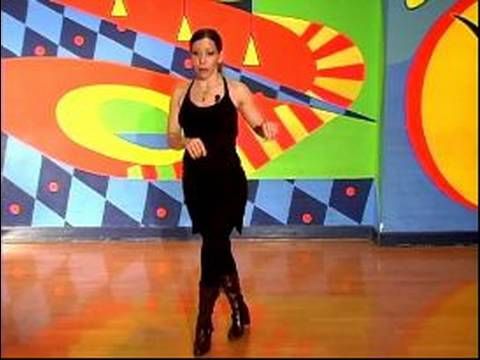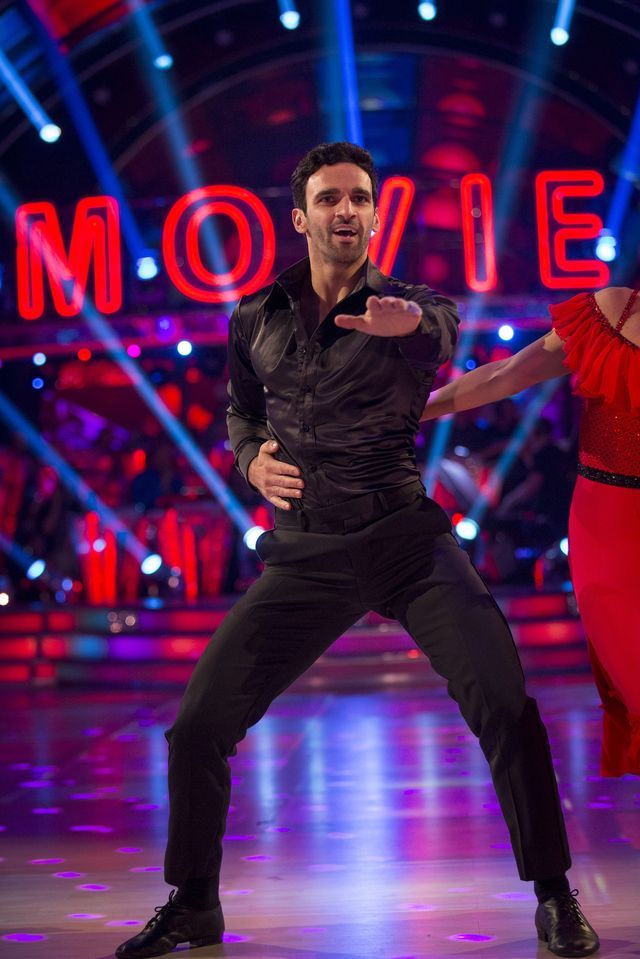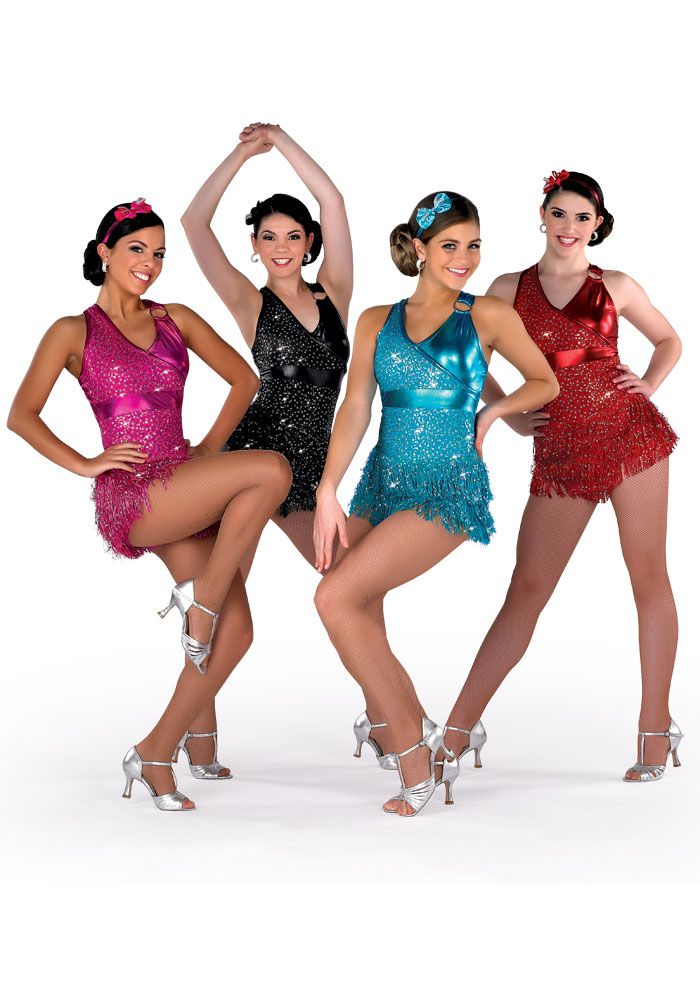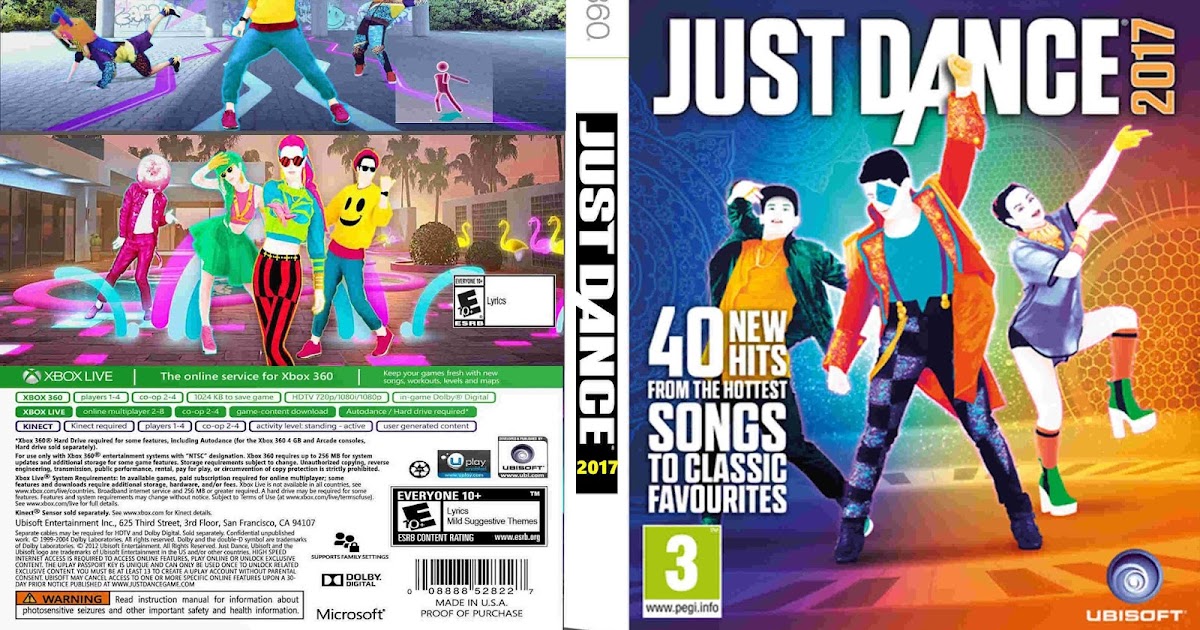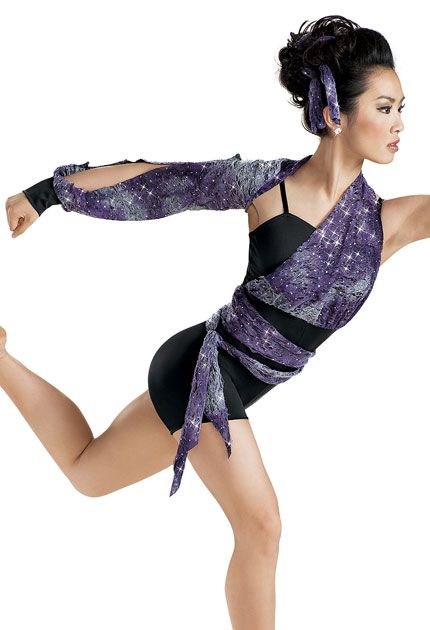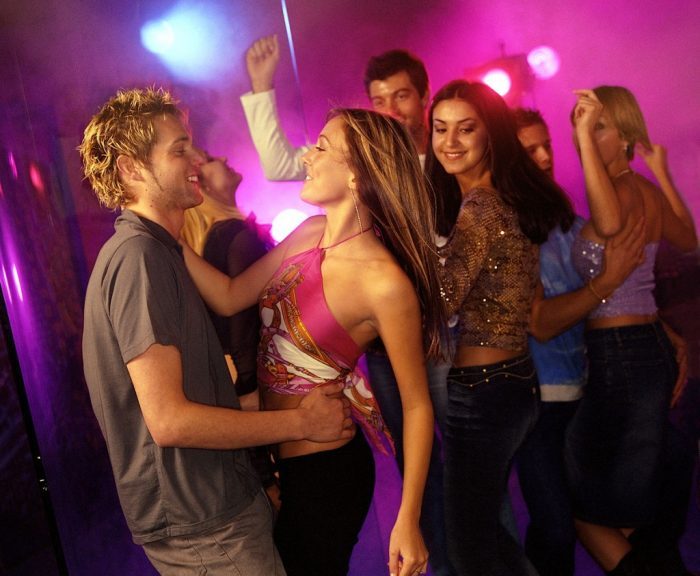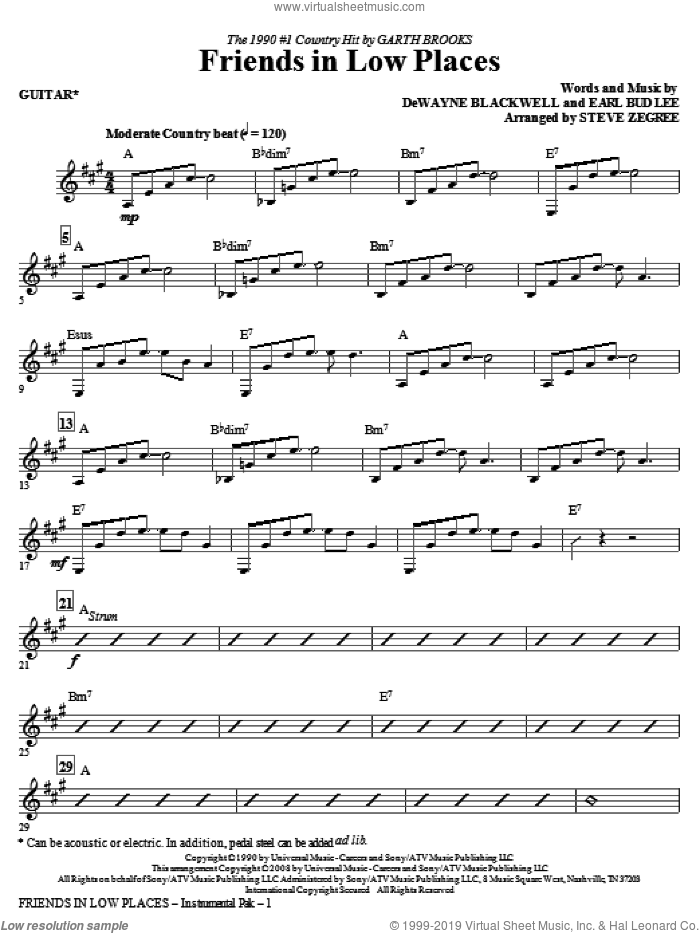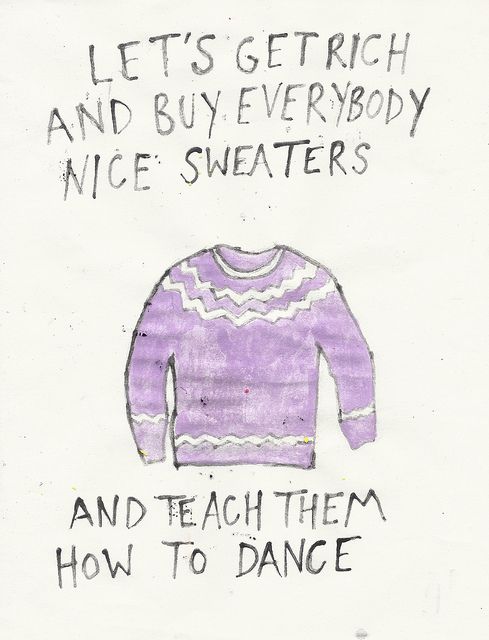How to do the cumbia dance
How to Dance Cumbia | The 2022 Dancer’s Guide
If you’ve been wanting to learn how to dance cumbia, it's time to grab your dancing shoes and get in the groove! This lively and exciting Latin dance is relatively simple, which makes it one of the more beginner-friendly styles of dance. So, even if you don’t consider yourself much of a dancer, you can easily learn how to dance cumbia and master the steps with just a bit of guidance and practice.
Excited to learn how to dance cumbia, but not sure where to start? Our beginner’s guide will introduce you to the art of cumbia music and dance and provide you with all the resources you need to learn how to dance cumbia, whether you want to teach yourself or work with professional dance instructors. Before you know it, you’ll be dancing away your worries and reaping all the wonderful benefits of dance! As experts at the Better Health Channel state, learning to dance can lead to physical and mental health benefits such as improved aerobic fitness and greater self-confidence. So, let's get started!
Jump to Section
- How to Learn the Cumbia
- What is Cumbia?
- Cumbia Steps
How to Learn the Cumbia
Dance Classes
One of the best and most exciting ways to learn how to dance cumbia is to take in-person or online dance classes. When you take a dance class, you’ll receive detailed guidance from top-rated dance teachers and have the chance to practice your skills with a partner, all while getting immediate feedback and tips from the professionals. Not only is it a great and effective way to learn how to dance cumbia, but it’s also extremely fun, especially with friends or fellow dancers! Whether you are looking to learn how to dance cumbia or some other style, be sure to check out the dance classes near you, as well as dance classes in NYC and dance classes in Las Vegas.
via CanvaPractice, Practice, Practice
Of course, the best way to learn how to dance cumbia and to really perfect your moves is to practice as much as you can! The good news is that cumbia is not a particularly difficult style of dance, which means it is relatively simple to learn the steps on your own and practice, even just from the comfort of your own home. All you need is some cumbia music (and there’s plenty of playlists for free on Youtube), a positive attitude and our handy guide to how to dance cumbia. Keep reading to learn all about how to dance cumbia. We’ll explore the history of this art form, including where cumbia is from, and easily break down all the cumbia steps and counts.
All you need is some cumbia music (and there’s plenty of playlists for free on Youtube), a positive attitude and our handy guide to how to dance cumbia. Keep reading to learn all about how to dance cumbia. We’ll explore the history of this art form, including where cumbia is from, and easily break down all the cumbia steps and counts.
What is Cumbia?
History: Where is Cumbia from?
Cumbia music and dance traces its origin back to the country of Colombia during the 1800s, and more specifically the coastal town of San Basilia. Cumbia began as a folk dance that blended together the culture of native Colombians with that of the enslaved Africans, who had been brought over by Spanish colonizers. Then, in the 1940s, Colombian singer Luis Carlos Meyer Castandet emigrated to Mexico and started working with the Mexican orchestra director Rafael de Paz, first bringing this lively style of dance and music to the country. It quickly became popular and as more Mexicans learned how to dance cumbia, it gradually evolved into the subgenre now known as Mexican cumbia. Around the same time as the dance was being adapted in Mexico, cumbia dance was also spreading throughout other Latin American countries, including Peru, Chile and Argentina, and now it has become one of the most popular Latin dances performed throughout the world, both by professionals and amateurs.
Around the same time as the dance was being adapted in Mexico, cumbia dance was also spreading throughout other Latin American countries, including Peru, Chile and Argentina, and now it has become one of the most popular Latin dances performed throughout the world, both by professionals and amateurs.
Cumbia Music
Cumbia music is largely considered by many to be the “mother of all Latin music.” It blends together the rhythm of African drums with the melody of Colombian flutes and maracas, but since its creation has now expanded to incorporate many more instruments, including the guitar, clave, accordion and bass guitar. Cumbia music is lively and energetic, a crossover between salsa and samba. Although it doesn’t feel quite natural to dance salsa to cumbia music, dancing cumbia to salsa music is quite popular among dancers in Central America. So, as you learn how to dance cumbia, make sure you’ve got some authentic cumbia music to play!
via CanvaCumbia Steps
The Basic Cumbia Step
The back-break basic is the main step you need to learn when mastering the art of how to dance cumbia, and luckily, it’s perfect for beginners. It can be broken down into a four-count pattern. So, here’s how to dance cumbia:
It can be broken down into a four-count pattern. So, here’s how to dance cumbia:
First, you start with your feet together, then on count 1, step back with your right foot at an angle – you’ll want to make an approximately 45º angle with your angled right toe almost in line with your back heel (keep a fair bit of distance, though, as you don’t want your feet to be touching). On count 2, step in place with your left foot (easy enough, right?). On count 3, step your right foot back in place with the left. Count 4, just wait and shift your weight. You can even lightly tap your right heel if you’d like to add a bit more flair to your step.
Then, you’ll repeat the same steps, only this time you’ll switch sides, stepping back with your left foot at an angle on count 1. On count 2, step in place with your right foot this time before bringing your left foot back in place again and waiting or shifting your weight for count 4. As you are learning how to dance cumbia, go through the steps slowly to start and then gradually speed up as you get more and more comfortable. Before you know it, you won’t even be thinking about it anymore, and once you’ve mastered this basic back-break step, you’re ready to move on to the more fancier stylistic elements of the dance.
Before you know it, you won’t even be thinking about it anymore, and once you’ve mastered this basic back-break step, you’re ready to move on to the more fancier stylistic elements of the dance.
Dancing With a Partner: Lead or Follow?
When you are learning how to dance cumbia, you’ll need to know if you are the leader or follower. Although the cumbia dance doesn’t require leaders (traditionally men) and followers (traditionally women) to learn different steps, in order to dance together as partners, you’ll need to make sure you are on opposite feet. This means that the leader should first step back with their left foot, while the follower should first step back with their right foot. Doing so will ensure that your feet movements mirror each other and flow in the same direction without your feet unintentionally colliding and disrupting your groove. As you dance with your partner, you can raise your arms in front of you and hold hands before gradually introducing some of the more advanced moves together as you keep exploring how to dance cumbia.
Advanced Cumbia Moves
As you and your partner keep the basic 4-count back-break step pattern going, you can spice things up a bit by adding hip dips, spins and other moves. When learning how to dance cumbia, you must learn how to feel the music, so after mastering the basic 8-count step, you’ll want to spend some time practicing the basic dance pattern to music, letting your hips and body sway to the beat. Once you both feel more comfortable moving to the rhythm in step, you can start experimenting and having a bit of fun with learning how to dance cumbia.
Adding a Turn
Adding a turn is one of the more advanced moves when it comes to learning how to dance cumbia. Starting face-to-face, you and your partner will each step backwards together while continuing to hold hands. Then, release hands. The leader will use their left hand to guide the turn by pulling the follower forward on their right foot.
Important note: the follower should firmly plant their right foot at this point, as this is the foot they will turn on, their pivot point.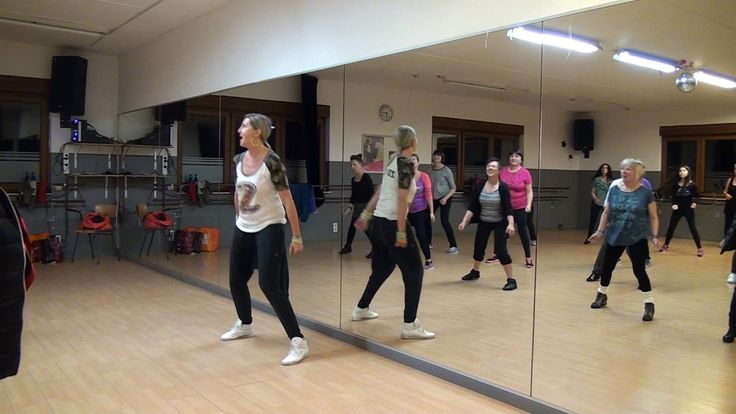 While the follower is planting their foot, the leader grabs their partner’s right hand, raising up their arm and beginning the turn. Finally, to finish the turn, the leader steps forward and to the side on their left foot to complete the turn and bring you both back to the neutral starting point.
While the follower is planting their foot, the leader grabs their partner’s right hand, raising up their arm and beginning the turn. Finally, to finish the turn, the leader steps forward and to the side on their left foot to complete the turn and bring you both back to the neutral starting point.
The counts for the turn are as follows:
- Both step back
- Follower steps forward and the turn begins
- Leader steps forward and to the side, completing the turn
- Arrive back at neutral
Now you’re ready to crank up the music and start exploring how to dance cumbia! Whether you decide to learn on your own, with a partner or at a dance class, the steps are pretty beginner-friendly, which makes this Latin dance a fun and accessible option for everyone, no matter what your skill level. Most important of all, have fun as you learn how to dance cumbia! Keep practicing and before you know it, you just might be a professional Mexican cumbia dancer.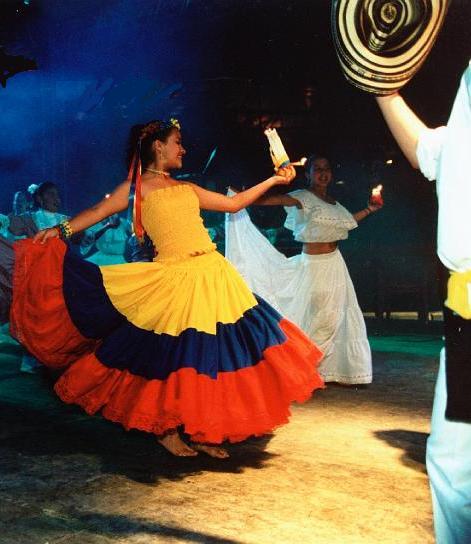
For even more creative ideas and inspiration, check out other experiences happening on Classpop!
Related Articles
A Beginner's Guide to Bachata DancingHow to Belly Dance (With Confidence!)
How to Line Dance Like a Pro
How to Slow Dance With Style
How to Salsa Dance Beginner’s Guide
How to Swing Dance: A Beginner’s Guide
How To Dance Cumbia For Beginners? A Step-By-Step Guide
Tracing its root in Colombia, this alluring dance style – Cumbia – has been a staple in the nightlife of many South American nations. It’s not hard to find a dancer doing the famous steps in discos and clubs, you ever got the opportunity to visit!
Here’s how to dance cumbia for beginners, if you don’t want to miss out on it. Thankfully, the dance itself is quite simple. You can probably master it in a couple of hours if you put your mind to it (and get a partner, too!)
Contents
- Cumbia Dance Style: An Overview
- History
- The Music
- How To Dance Cumbia Solo?
- Count 1: Step Back The Right Foot
- Count 2: Step In Place The Left Foot
- Count 3: Step The Right Foot In Place With The Left
- Count 4: Wait For A Beat & Shift Your Weight
- Switch Sides & Repeat The Steps
- Start From Slow To Quick
- How To Dance Cumbia With A Partner?
- Leader and Follower
- Dancing With A Partner
- How To Add A Turn?
- Dance Cumbia In A Circle
- Advanced Cumbia Moves
- FAQs
- 1.
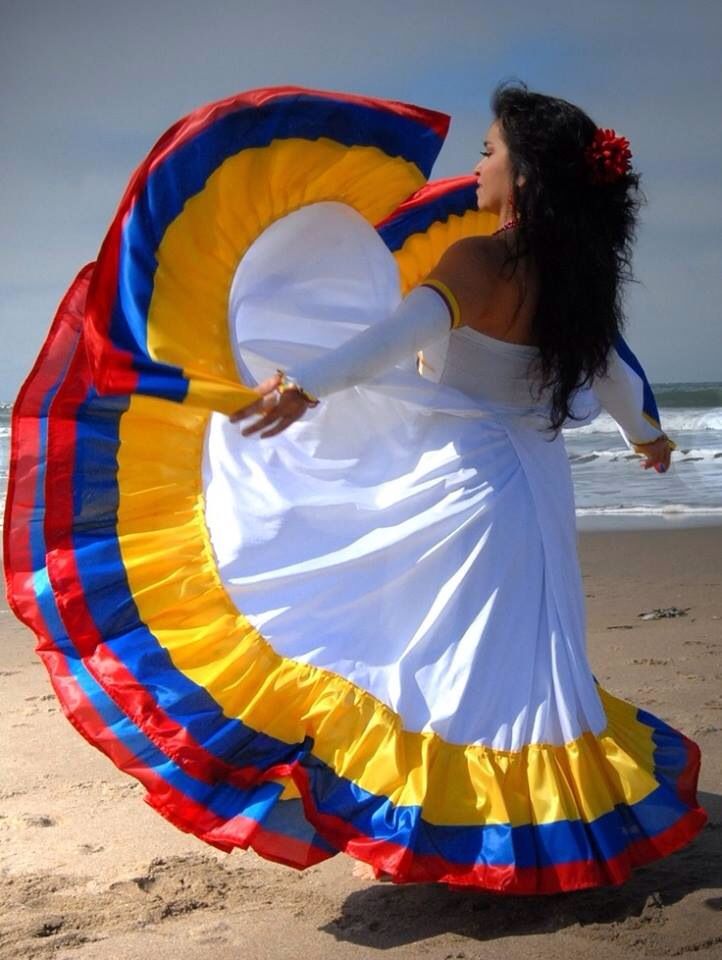 What Type Of Dance Is Cumbia?
What Type Of Dance Is Cumbia? - 2. How Is Cumbia Different From Salsa?
- 3. How Is Cumbia Different From Bachata?
- 1.
- Bottom Line
Cumbia Dance Style: An Overview
History
The term cumbia, according to experts, came from a Bantu word kumbe, meaning “to dance”.
Like many other folk dance styles around the world, there aren’t any exact historical records about it. All we know is that cumbia appeared and picked up steam in the 1800s in the beautiful coastal town of San Basilia, Colombia.
Cumbia is described to be a harmonious mixture of Colombian and African cultures. The latter came from enslaved Africans brought to Latin America by the Spanish.
The big boom for cumbia came in the 1940s when Luis Carlos Meyer Castandet – a legendary Colombia singer – brought the dance style to Mexico. There, it quickly caught the fancy of the masses and soon became extremely popular. So popular, in fact, that the dance crossed borders into many other South American countries from Peru all the way to Argentina.
The Music
For cumbia, music is just as important as the dance itself. The lively music can inspire so much energy that many consider it to be the “Mother of all Latin music”. If you want to imagine what it sounds like, it’s like a combination of salsa and samba.
The music is played by special musical ensembles, known as conjunto de cumbia (or cumbiamba). A cumbiamba can entreat you to a feast of sounds from “conventional” instruments like guitars and bass guitars to more traditional instruments like Colombian flutes and maracas.
If you’re going to practice cumbia, make sure to get yourself a good recording. The spirit of the dance won’t be there if you were to choose some sub-par, non-authentic music!
How To Dance Cumbia Solo?
The basic dance can be packaged into a simple four-count pattern. Once you’ve mastered it, you’re basically ready to take to the floor!
Start from a resting position with your feet together. If you know how to dance salsa, the resting position is the exact same.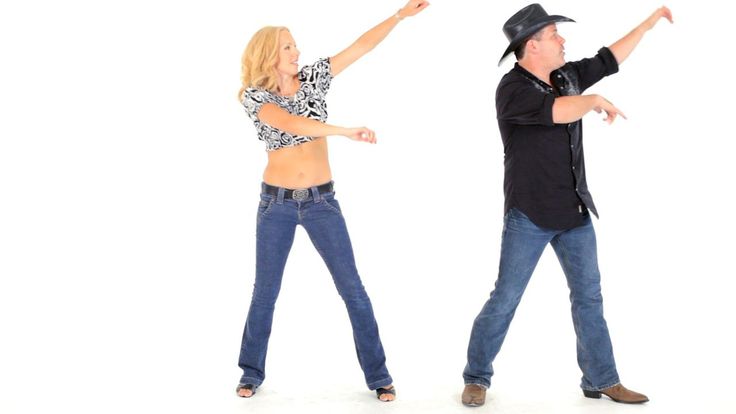
Count 1: Step Back The Right Foot
Move your right foot to the side and at a 45° angle. Your right toe should be in line with the back heel of your left foot.
Keep a fair distance between both feet. They shouldn’t be touching one another.
Count 2: Step In Place The Left Foot
The second count is very simple. Just step in place with your left foot.
If you have a partner with you, here’s a good chance to get your game on and be flirtatious. You can even show your enthusiasm on your face and body language.
Count 3: Step The Right Foot In Place With The Left
Bring your foot back to the resting position (both left and right feet side by side).
Count 4: Wait For A Beat & Shift Your Weight
On the last count, pause for a beat. Then, shifts your weight from the right foot to the left foot.
Shake your hips a little to add some extra flair to your movement.
Switch Sides & Repeat The Steps
Re-do the four-count pattern, but this time, on the left side instead of the right.
- Bring your left foot back on count 1.
- Step in place with your right foot on count 2.
- Retract your left foot on count 3.
- Then shift weight to the other side on count 4.
Like any other dance, the first time you do it may feel a bit awkward. But the more you practice, the more natural the steps will feel.
Start From Slow To Quick
Start out slow and gradually speed up as you become comfortable with the pattern. When you no longer have to think about the steps and your feet feel like they have minds of their own, you’re ready to hit the club!
However, that doesn’t mean there’s nothing left to learn. The four-count pattern is the most basic part of dancing cumbia. If you want to truly wow the crowd, focus on learning more advanced steps and elements of the dance next.
… or learn how to dance with a partner! After all, cumbia was originally a courtship dance. Having a partner is basically half the fun.
Having a partner is basically half the fun.
How To Dance Cumbia With A Partner?
Leader and Follower
When you set out to learn (or dance) cumbia with a partner, establish which of you will lead and which will follow. Traditionally, the leader is going to be male and the follower will be female. Nevertheless, in the modern age, anyone can be anything.
The reasoning behind this system is to keep both of you in rhythm. Two partners must dance on opposite feet. The leader will start out on the left foot, while the follower will start out on the right. As you go through the dance, the feet will alternate.
Dancing With A Partner
Not much changes when you dance cumbia with a partner. The basic four-count pattern still applies.
The dance will start out with you and your partner facing one another, about 2 feet apart. Gently link both of your hands together in the middle.
Count 1
The leader will step his right foot back, while the follower steps back on her left foot.
Next, the leader will release his right hand and extend it outward or upward. The follower releases her left hand and does the same flourishing motion. Keep the other hand linked between you two.
When you step back, your shoulders should touch.
Count 2
Step your foot. If you’re the leader, step your left foot (right foot for the follower).
Count 3
Come back to one another and link your hands back up again. Remember to move your hips and sway them side to side as the two of you dance.
Count 4
Pause for a beat, then shift your weight to the other foot.
Switch sides & Repeat
Re-do the pattern again. Keep on switching from side to side until the music stops.
How To Add A Turn?
Like we said, the same four counts aren’t all there is to know about cumbia. To spice things up, you can add spins, turns, dips, and other moves to make your performance more exciting, too. The easiest to learn right out of the gate is the turn.
On the first count, step back from one another with the leader on his right foot and the follower on her left foot. But unlike the standard pattern, don’t release one another’s hands. Instead, keep them interlinked as you step back.
Count 2, reset your feet. As you do, assuming you’re the leader, let go of your partner’s right hand. Your left hand, still holding onto your partner’s, will be used to guide the turn.
Count 3 is the turn. Gently pull your following partner by stepping your left foot forward. The follower will plant her right foot in one place and turn on that foot. As you go through the motion, lift your left hand and arm.
On count 4, the turn is finished. As the follower turns, the leader will step forward and to the side on his left foot, bringing him back to the resting position with both feet together. At the end of the motion, the follower will come back to the resting position, too.
Repeat!
Dance Cumbia In A Circle
Cumbia is often danced in a circular pattern, revolving around the group of musicians playing the music. There’s nothing difficult about it, really. As you go through the basic pattern, you will naturally move yourself (and your partner) to the side. Guide yourself in a circle.
There’s nothing difficult about it, really. As you go through the basic pattern, you will naturally move yourself (and your partner) to the side. Guide yourself in a circle.
If you’re dancing with other groups, the whole party will typically dance in a circle. Just follow everyone else!
Advanced Cumbia Moves
Advanced cumbia moves include turns, dips, and spins. Once you first start out, it’s highly recommended that you focus on getting the basic pattern down. Once you do, get a feel for the music.
Keep practicing until the pattern is ingrained in you. Afterward, you can have a bit more fun by experimenting with different moves.
FAQs
1. What Type Of Dance Is Cumbia?
Cumbia is a traditional folk dance. As we’ve introduced at the very beginning of the article, the dance style and the music have the spirits of different cultures: African and Spanish.
At first, the dance was more of a folkloric, courtship dance. These days, cumbia has evolved into a social dance that can be done with friends, family, as well as lovers alike.
2. How Is Cumbia Different From Salsa?
Cumbia is a bit slower than salsa. Compared to the frenetic rhythm of salsa, cumbia is more gentle and easier to follow along. The relaxed rhythm and the easy, circular pattern are great for social dancing … but not great for competitions.
Salsa is a lot more preferred in dance competitions due to its showy and technical nature.
3. How Is Cumbia Different From Bachata?
Unlike cumbia and salsa, which shares many characteristics with one another, cumbia and bachata are two totally different styles. Cumbia originates from Colombia, while bachata traces its roots back to the Dominican Republic.
Bachata is danced in a four-step timing, while cumbia dances in either 2/2 or 4/4 dance signatures. Last but not least, the style, music, and moves are totally different between cumbia and bachata, too.
Check more: Types Of Ballroom Dance With Definition & Pictures
Bottom Line
It’s not all that difficult to learn how to dance cumbia for beginners, especially if you’ve had previous dance experience. But even if you haven’t danced before (or think you’re not very good at it), cumbia is still super easy to learn. It won’t take more than a couple of hours to master the basic cumbia steps and move on to more advanced techniques.
But even if you haven’t danced before (or think you’re not very good at it), cumbia is still super easy to learn. It won’t take more than a couple of hours to master the basic cumbia steps and move on to more advanced techniques.
Cumbia, traditional rhythm of Colombia | Absolute Travel
Without a doubt, the musical rhythm most associated with Colombia for its culture and people is the cumbia. There are no parties or celebrations in this country in which chords would not sound and dance to the sound of Colombian cumbia . An icon of his national identity.
This lively genre of music and folk dance originated in the Caribbean but quickly became popular throughout the country. In this post, we will talk about its origins, traditions and more related to Colombian cumbia.
Index
- 1 The Origin of Colombian Cumbia
- 2 Colombian Kumbia: Tools
- 3 Colombian Kumbia: Traditional dresses
- 4 Colombian Kumbia: Dance
The origin of the Columbia Cumba and Many other arts and many other arts.
 cumbia is the result of mixing. To trace its origin, you need to travel to the XNUMXth century, on the Atlantic coast of modern Colombia. It is there that cultural elements three traditions of are very different: Native American , European (hand in hand with Spanish) and African brought by slaves who were brought into the new world.
cumbia is the result of mixing. To trace its origin, you need to travel to the XNUMXth century, on the Atlantic coast of modern Colombia. It is there that cultural elements three traditions of are very different: Native American , European (hand in hand with Spanish) and African brought by slaves who were brought into the new world. Each city or cultural tradition contributed. The melodies may be based on local rhythms, and the themes and lyrics are clearly Spanish in origin. Finally, the protagonist percussion and African dances They finished the recipe, which eventually turned out to be Colombian cumbia.
This fantastic result of a rich and varied blend was born.
Cumbia is the most traditional musical rhythm in Colombia.
However, The etymological origin of the word cumbia does not seem so clear. Most scholars argue that it comes from the term cumbe , which means "party" or "sound" in several African languages.
Undoubtedly, the impressive success of an invention that, from its inception in Colombia, spread over many years to many other countries in Central and South America . Nowadays cumbia is sung and danced in places as far apart as Mexico, Peru, El Salvador, Venezuela, Argentina or Peru.
Colombian cumbia: instruments
Once again, the triple soul (American, European and African) of the cumbia is beautifully reflected in the musical instruments used to interpret it.
The leading role undoubtedly belongs to percussion instruments. Rhythm drums , The contribution of African culture, is the basis of all compositions. They set the basic rhythm and are assisted by local instruments such as the millet reed or the Las gait , undoubtedly of Spanish origin.
Caña de Millo, the main instrument of the Colombian cumbia
There are three types of main drums in the cumbia:
- El Lucky drum that follows the rhythm of the melody.

- El Drum call , which is used to set the reverse cadence of the song.
- La Tambora . It is the only one of the Cumbian drums not of African origin. They beat with the hand, without using the shins, both on the skin and on the wooden box.
There are also three types of gait :
- Man's bagpipe which sounds like background.
- Women's bagpipe which accompanies the melody.
- Short bagpipe , is used as a solo instrument and is of great importance only in instrumental works.
Cañamillero is an important performer in every Colombian Cumbian group. He is the one who touches Millo Reed, Wind Instrument, whose appearance resembles a transverse flute. As the name suggests, it is made from millet but can also be made from bone or even bamboo. Maracas, accordion and other minor instruments complete the picture.
Colombian cumbia: traditional dresses
Cumbia is not a musical show, but also a visual one. And in this aspect the dancers intervene in their colorful traditional dress. The clothes used for the cumbia are also used in other typical Colombian dances.
Typical costumes of the Colombian cumbia
- Women : the costume requires the dancers to wear a classic white dress with a wide skirt or skirt. It is adorned with ribbons and, almost always, a bolero to show the colors of the Colombian flag (yellow, red and blue). They also wear blouses with wide sleeves but leave their shoulders bare.
- Man : their clothes are much simpler. It consists of white trousers and a shirt, as well as a red scarf known as a "cock's tail". The main element of the men's suit is the traditional vueltiao sombrero.
All the details and embellishments of this dress play an important role in the performance of the cumbia dance.
Colombian cumbia: dance
There are several dances and choreographies associated with the Colombian cumbia. They represent especially one wedding dance . Men and women enter the stage from opposite corners. They then gather in the center and dance around each other to the beat of the drums. In this video we have a perfect example of this dance:
Among the regional conditions or variants of The most famous of the Colombian cumbias are the following:
- Classical cumbia , not sung. Purely instrumental.
- Cumbia Sabanera , which uses a very peculiar instrument - a lemon leaf. It is danced in the departments of Sucre, Cordoba and Bolivar.

- Cumbia vallenata which features the accordion (the most characteristic instrument of the vallenato). Within this sub-genre of Colombian cumbia, there are many variants.
- Kumbiamba. It is performed in the form of a very spectacular choral dance.
Custom cultureMusic
The content of the article complies with our principles of editorial ethics. To report a bug, click here.
Dancing in Costa Rica | Surfway Moscow
- Categories
- Surfing directions
- Artificial surf
- Skating
- Club life
- Surfway Special Correspondent
- Surf Theory
- Media about the surf club Surfway Moscow
Latin America will meet us with sultry dance rhythms.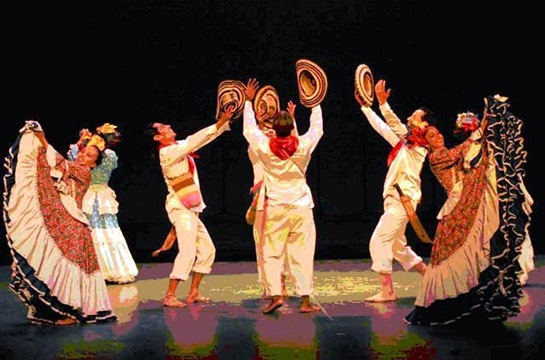 The inhabitants of Costa Rica are very musical, they dance merengue, cha-cha-cha, tango, lambada, salsa, cumbia. Even if you don't usually dance, it will be difficult for you to stay away here. The very atmosphere of this place is conducive to liberation and movement in the rhythm of the dance.
The inhabitants of Costa Rica are very musical, they dance merengue, cha-cha-cha, tango, lambada, salsa, cumbia. Even if you don't usually dance, it will be difficult for you to stay away here. The very atmosphere of this place is conducive to liberation and movement in the rhythm of the dance.
Both the capital city of San José and the provinces often host discos with live music, especially on weekends.
The inhabitants of the country begin to dance in childhood, thanks to which they grow up to be great dancers. To visit Costa Rica and not take a salsa lesson is a big omission!
The clubs Twister and El Tobagan, located in the city of El Pueblo, at night, when the heat subsides, hot rhythms do not subside.
Elegant tango shows are held at the Tango Bar.
Monteverde is famous for its music festival, but it should be remembered that it takes place every year in different locations.
Each of the local traditional dances tells a story in an interesting artistic manner.